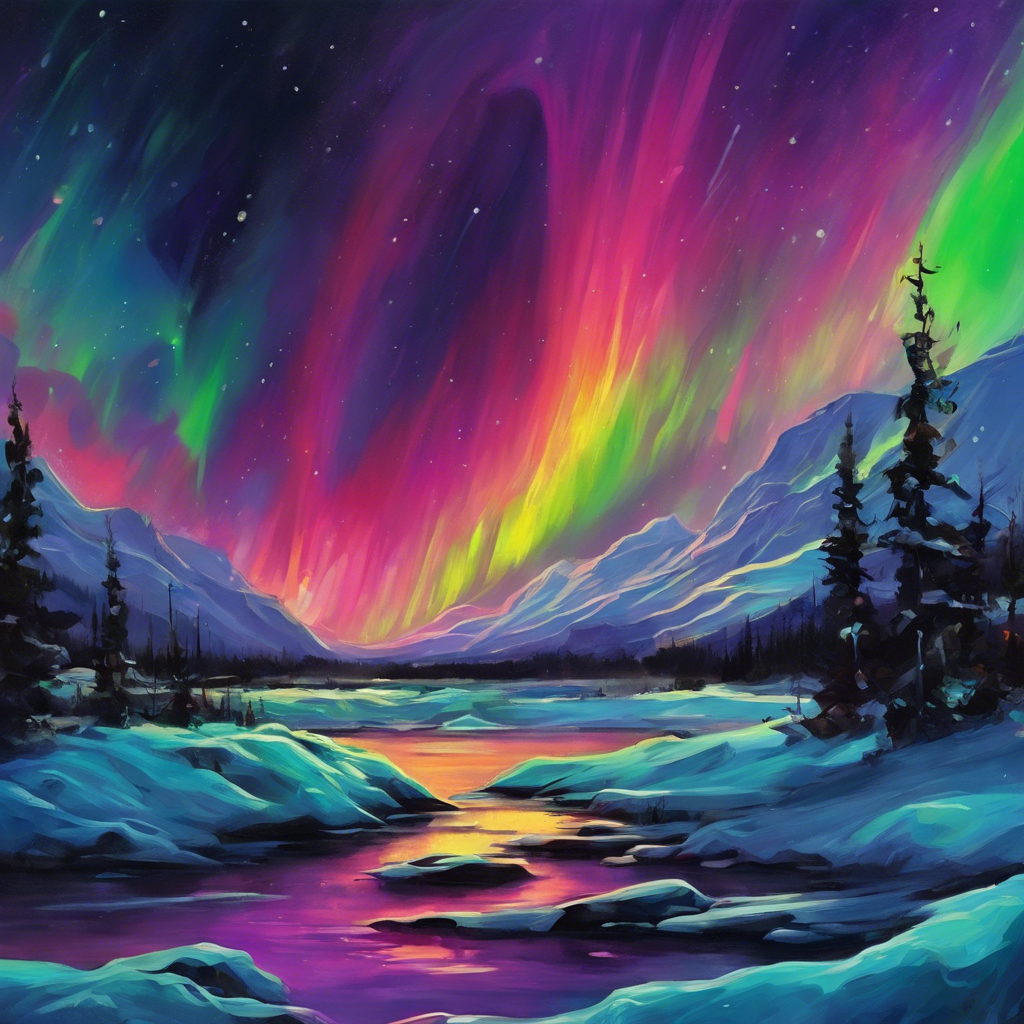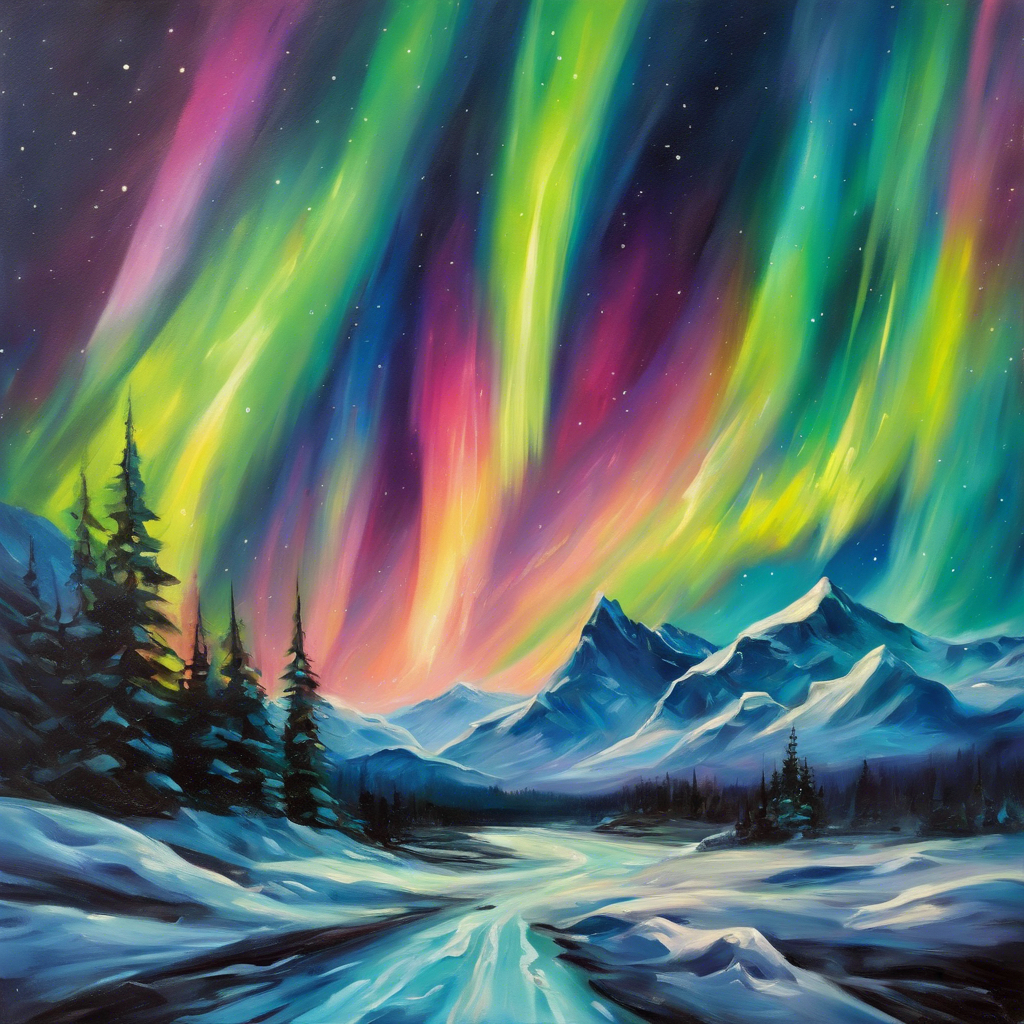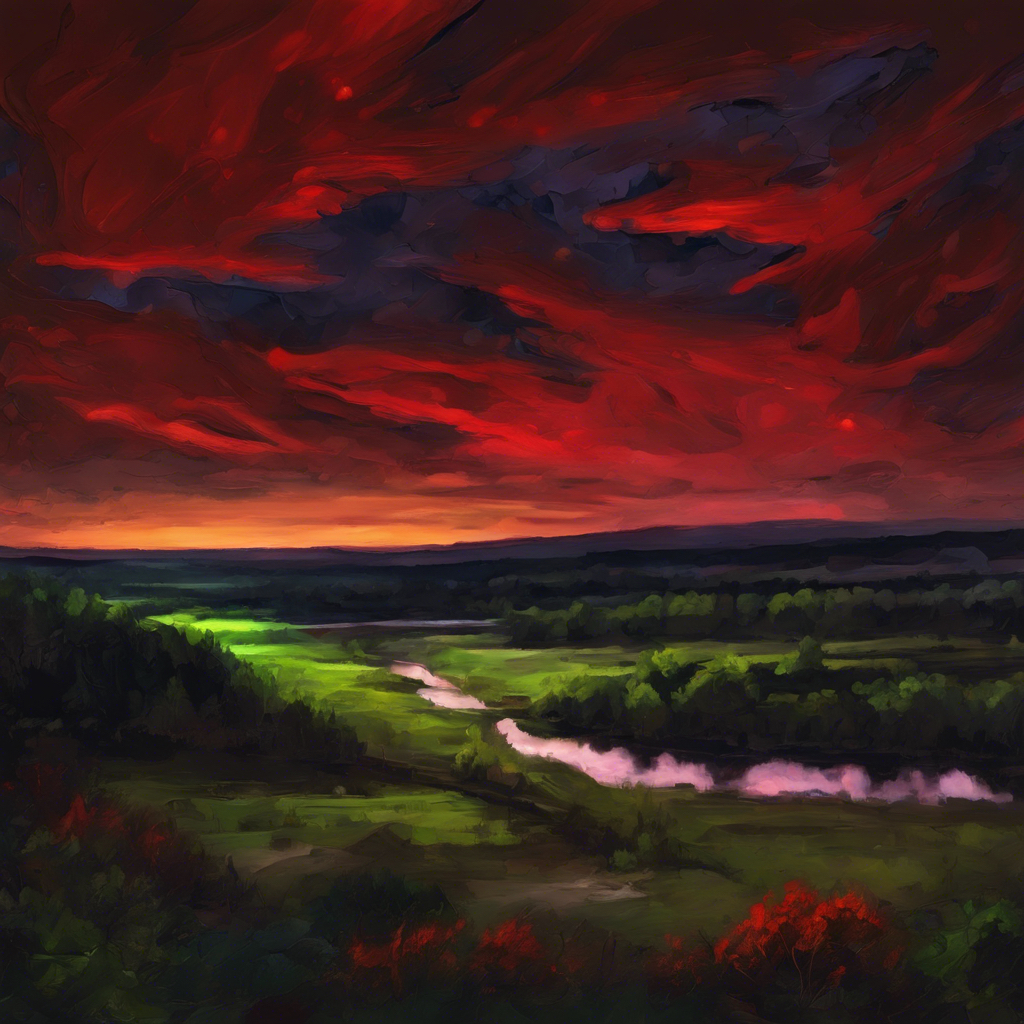The Aurora Borealis, or Northern Lights, is a breathtaking natural phenomenon that captivates viewers with its mesmerizing dance of colors across the night sky. While the best viewing locations are typically in higher latitudes, the northern United States offers opportunities to witness this celestial spectacle, particularly during periods of heightened solar activity.
Understanding the Aurora Borealis
The Aurora Borealis occurs when charged particles from the sun collide with Earth’s atmosphere. These particles, primarily electrons and protons, are drawn towards the Earth’s magnetic poles, where they interact with atoms and molecules in the atmosphere. The resulting energy is released in the form of light, creating the stunning display of colors we know as the Northern Lights.
Best Time to View the Aurora Borealis in the US
The best time to view the Aurora Borealis in the northern US is during the winter months, from late autumn to early spring. This is when the nights are longer and darker, providing optimal conditions for viewing the celestial light show. Additionally, solar activity peaks in an 11-year cycle, so it’s worth checking the solar cycle to determine when the next peak is expected.
Ideal Viewing Locations in the US
While the Northern Lights are more commonly seen in higher latitudes, the northernmost states of the US, particularly Alaska and parts of the Upper Midwest, offer opportunities to witness this natural wonder. Here are some of the best locations:
- Alaska:
-
- Fairbanks: Known as the “Aurora Capital of North America,” Fairbanks offers excellent viewing opportunities due to its high latitude and clear, dark skies.
- Denali National Park: This vast wilderness area provides stunning backdrops for the Northern Lights, with minimal light pollution.
- Minnesota:
- International Falls: Located on the Canadian border, International Falls offers a good chance of seeing the Aurora Borealis, especially during periods of high solar activity.
- North Dakota:
- The northern parts of North Dakota, such as the Red River Valley, are known for their dark skies, making them ideal for Aurora viewing.
- Michigan’s Upper Peninsula:
- The Upper Peninsula of Michigan, particularly the Keweenaw Peninsula, offers remote locations with minimal light pollution, increasing the chances of seeing the Aurora Borealis.
Tips for Aurora Viewing
- Check the Aurora Forecast: Use online tools and apps to check the Aurora forecast and determine the best time to view the Northern Lights.
- Find a Dark Sky Location: Get away from city lights and find a dark, open area with clear skies.
- Dress Warmly: Bundle up in warm clothing, as temperatures can drop significantly at night.
- Be Patient: The Aurora Borealis is a natural phenomenon, and it may take time for the lights to appear.
- Use a Camera: Bring a camera with a tripod and a wide-angle lens to capture stunning photos of the Aurora Borealis.
References:
- Space Weather Prediction Center: https://www.swpc.noaa.gov/
- Geophysical Institute, University of Alaska Fairbanks: https://www.gi.alaska.edu/
- Visit Fairbanks: https://www.explorefairbanks.com/
- Explore Minnesota: https://www.exploreminnesota.com/
- Pure Michigan: https://www.michigan.org/


